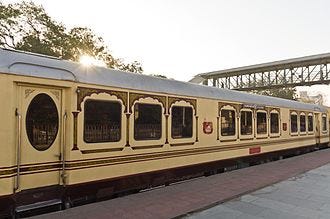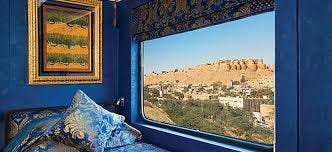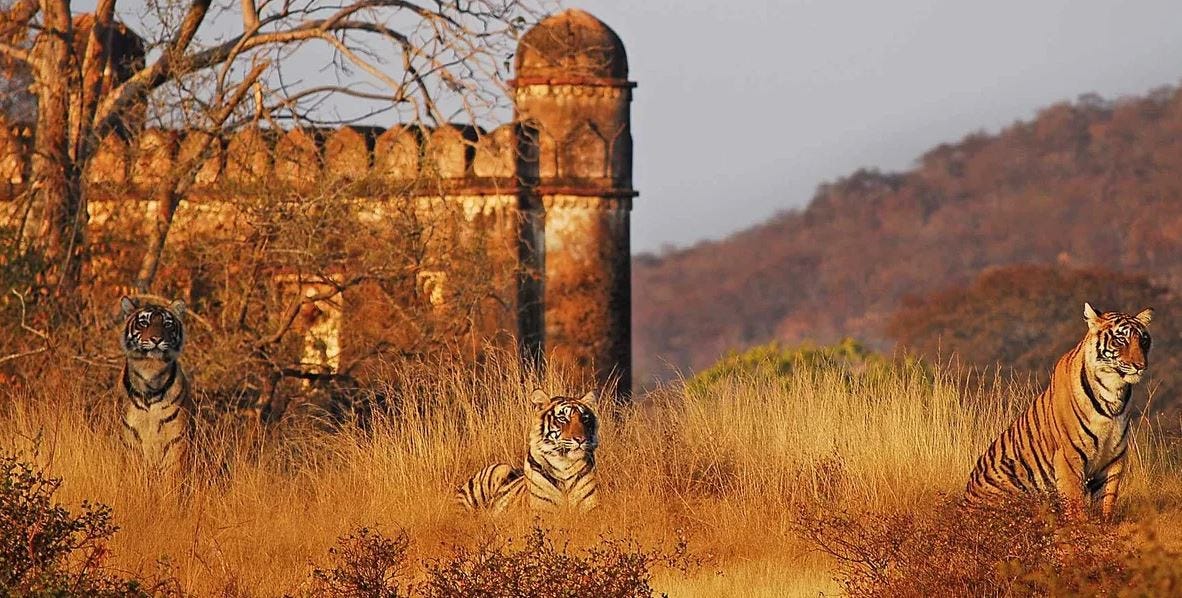Rajasthan, India
Desert, Tigers, Royalty, Service
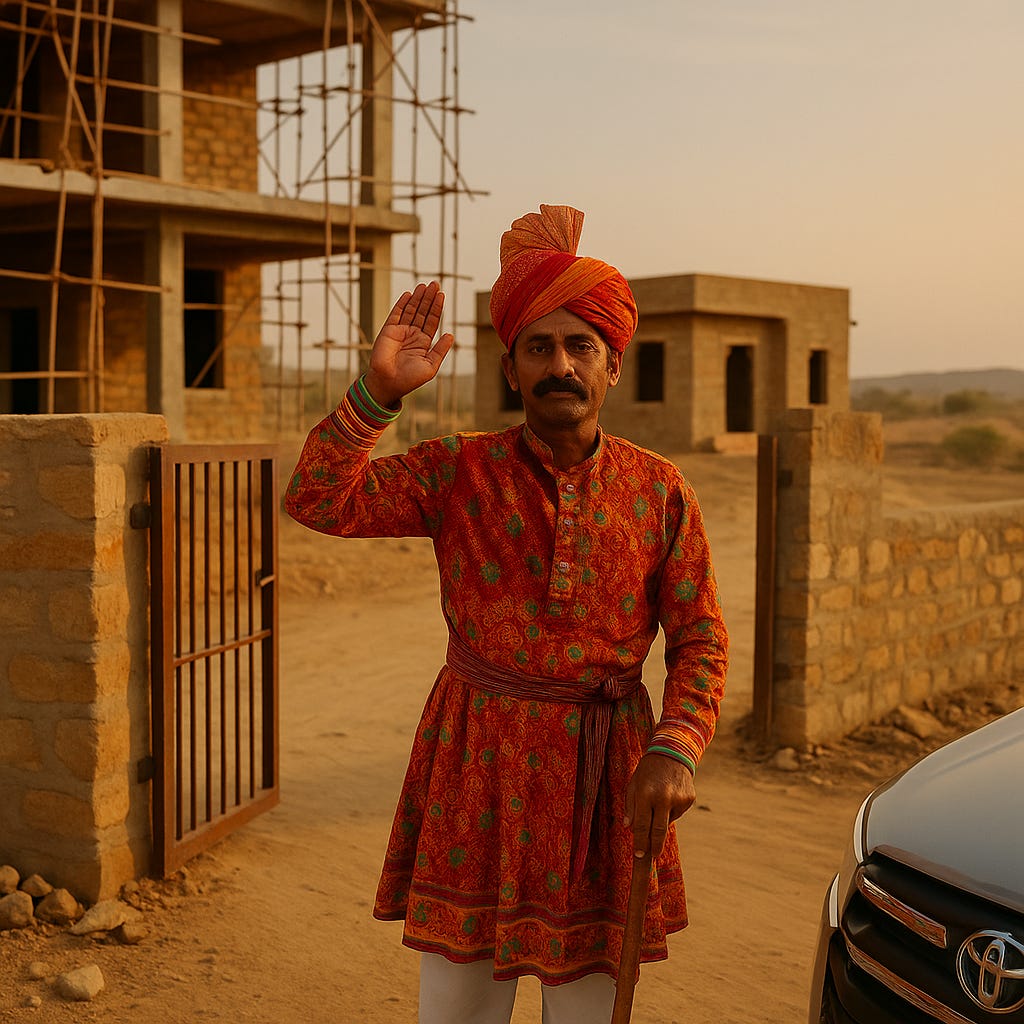
Warmest welcome in India. I once visited a boutique hotel in Rajasthan just before its official opening — it was owned by a family friend and still under construction at the time, with the team only just coming together and most staff yet to undergo any formal hospitality training. As we pulled into the half-built resort, I was greeted by a local guard. He was technically off duty that day, but upon hearing that guests were expected, he dressed himself in full traditional Rajasthani attire — a vibrant poshak, a bright turban, and decorative hand bangles. Despite having a noticeable limp, he made his way to the resort’s temporary gate and stood tall, one hand raised in salute, ready to welcome me. He reached the entrance even before our car did. Touched by the gesture, I walked over to him and told him sincerely that he didn’t have to do all this. He looked at me, genuinely surprised, and simply said, “You’re our guest.” That moment has stayed with me ever since
The concept of “Atithi Devo Bhava” — the guest is god — runs incredibly deep in India, especially in Rajasthan, where hospitality isn’t rehearsed, it’s reflexive
I’ve stayed in five-star hotels around the world, from the Ritz to the Four Seasons, but nothing has ever come close to that one heartfelt, instinctive welcome — offered not by polished training, but by pure spirit. This is Rajasthan, offering arguably the country’s highest level of hospitality
Jaipur, The Pink City. Nicknamed the Pink City, Jaipur gets its name from the blush-toned buildings of its old city — famously painted in 1876 to welcome the Prince of Wales during colonial times. There’s plenty to explore here, especially for history buffs — guided tours of the grand City Palace, the Hawa Mahal, and the majestic Amber Fort - all will transport you to the days of maharajas and royal grandeur. Jaipur is also a culinary playground — think dal baati churma, laal maas (a fiery red mutton curry), pyaaz kachori hot from the fryer, and desserts like ghewar, a syrup-soaked honeycomb sweet, or rabri, a thick creamy delight served chilled. Don’t miss trying a traditional Rajasthani thali, offered at most local restaurants. For shopping, head to Bapu Bazaar for bandhani fabrics, glasswork skirts, and printed tunics, and to Johari Bazaar for semi-precious stone jewelry and colorful lac bangles.
For a condensed cultural experience, if you have only a few hours or half a day? visit Chokhi Dhani — a recreated Rajasthani village where you can enjoy folk performances, traditional food, puppet shows, and camel rides, all in one festive evening. It was in Choki Dhani that I discovered a tribal Rajasthani chess-set, and managed to catch a Rajasthani folk style famour bollywood song performance both of which (see below) I remember very fondly.
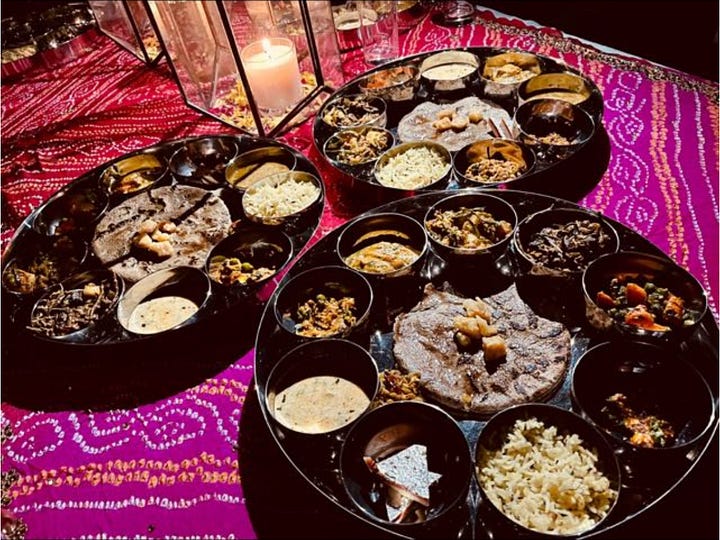
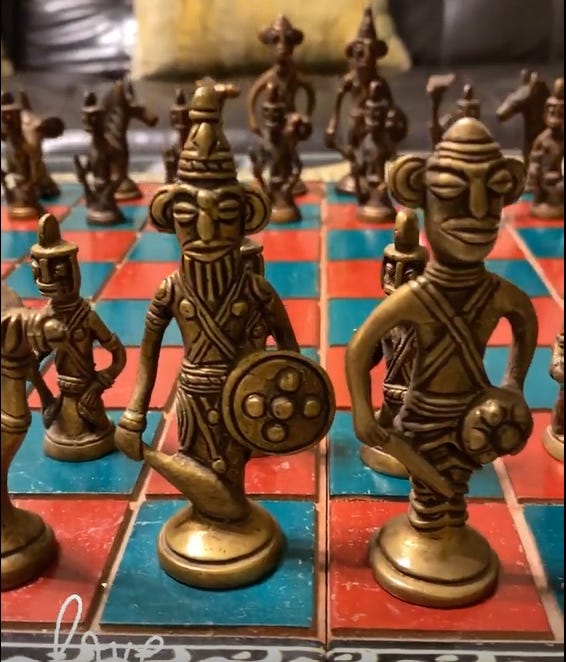
Jodhpur, The Blue City. Jodhpur, nicknamed the Blue City, feels like stepping into a watercolor painting — with houses, walls, and doors all dipped in dreamy shades of indigo. The blue-painted houses were once thought to signify Brahmin (believed to be upper status community in India) homes, but over time, the color became a symbol of identity and also heat-reduction in the desert climate. Jodhpur is one of those cities in India that’s just easy to be in — whether you’re a foreign tourist, a first-timer in India, or a solo woman traveler
It feels safe, welcoming, and super navigable. You can walk the streets, hop into a local autorickshaw on your own, and you’ll almost always be greeted with smiles and genuine hospitality. Your day will probably start with a trip up to the Mehrangarh Fort — the city’s most iconic landmark, followed by city tours, shopping for bandhani scarves (a local print), mojari shoes, spices, watching the sunset at Pachetia Hill, trying different food including famous Makhaniya Lassi at Mishrilal, or simply stroll in the city center
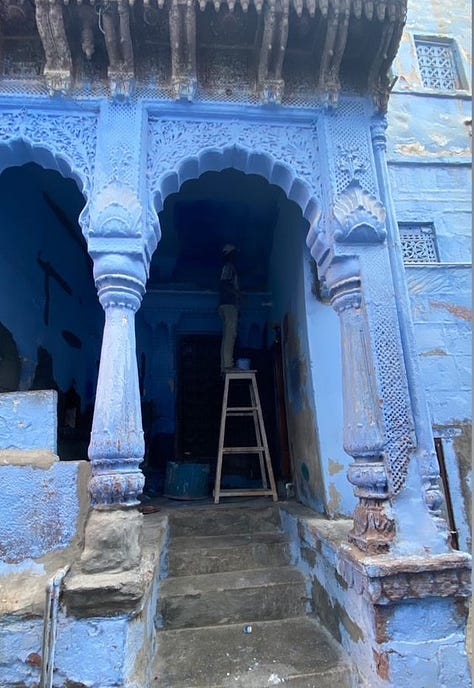
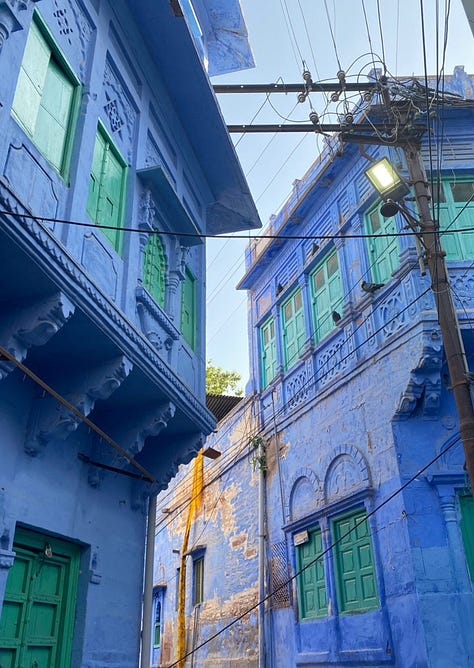
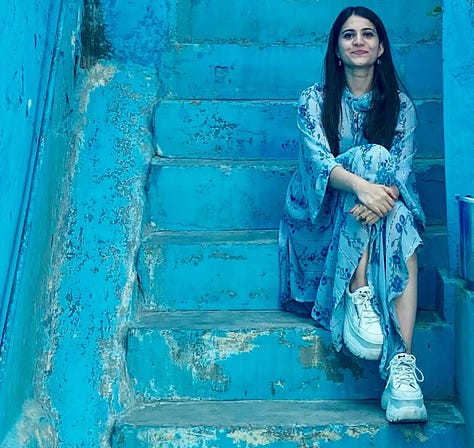
Fairytale wedding capital, Udaipur
Built around Lake Pichola, Udaipur is home to a string of stunning palaces that once served as seasonal residences for the royal family. Many of these have now been converted into iconic hotels — like the floating Taj Lake Palace, regal Jag Mandir, or the hilltop Sajjangarh (Monsoon Palace) — while new properties like The Oberoi Udaivilas and The Leela Palace have been designed to resemble royal residences themselves
Together, they’ve made Udaipur one of the most sought-after destinations for Indian weddings. It’s the lakefront views, historic charm, and regal backdrops at every corner that make romance feel inevitable here. As a result, the wedding infrastructure is incredibly polished — hotels are often booked 3–4 months in advance, especially during the peak wedding season of November to March, considered auspicious in India. I used to work with a wedding planning company as a side hustle back in college, and every time I was on-site in Udaipur, I’d see the foreign guests at the hotels absolutely lit up by the colors, music, and celebrations
So what is the top most thing I would recommend to see in Udaipur? an Indian wedding.
Deserts of Jaisalmer. For some parts of the year, the temperature in the Thar dessert is very unforgiving (40 degree Celcius, >100 degree Farenheit), and for someone who has been in the dessert at that time (off-season prices for the Indian in me!), I would in hindsight recommend considering the October-March months
When you’re in Jaisalmer, think about what kind of experience you’re after — because this golden city offers both ends of the travel spectrum. On one side, there’s luxury glamping at places like Suryagarh, where you sleep under the stars in plush tents, dine on curated Rajasthani menus, and head out on escorted safaris that feel like something out of a movie. On the other, there are offbeat boutique stays like Kaner Retreat, where you’ll find community-style dining, sand dune bashing, and Marwari horse riding that ties you closer to the local culture and land
Both are beautiful — it just depends on whether you're in the mood for palatial pampering or natural authenticity?
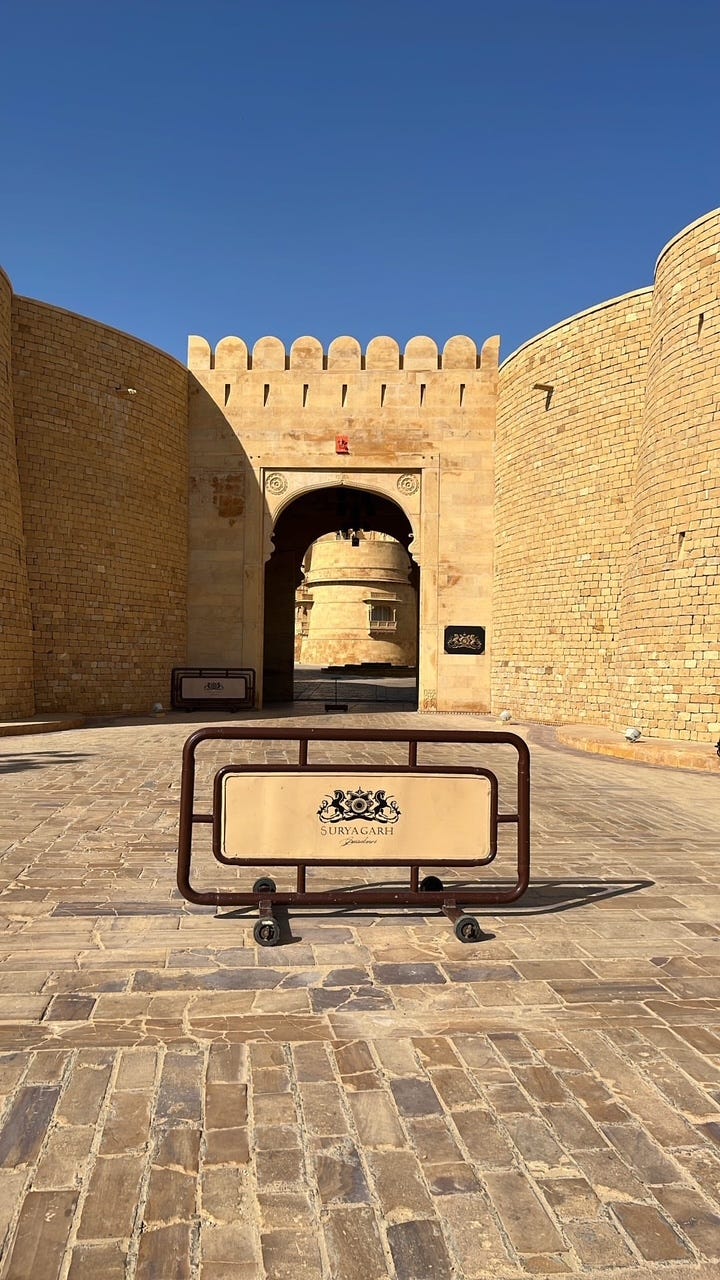
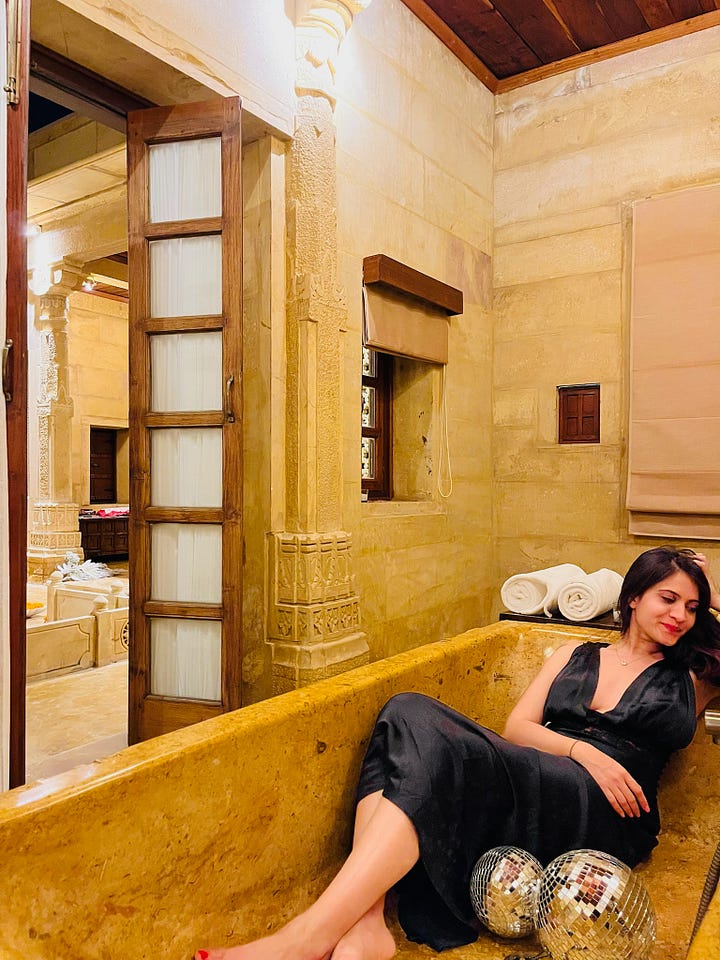
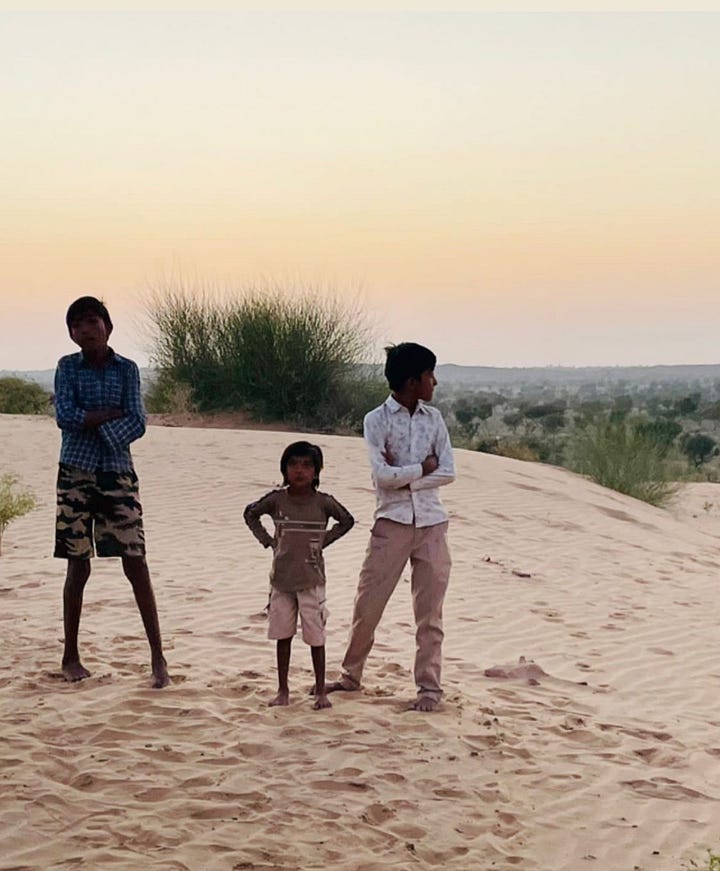
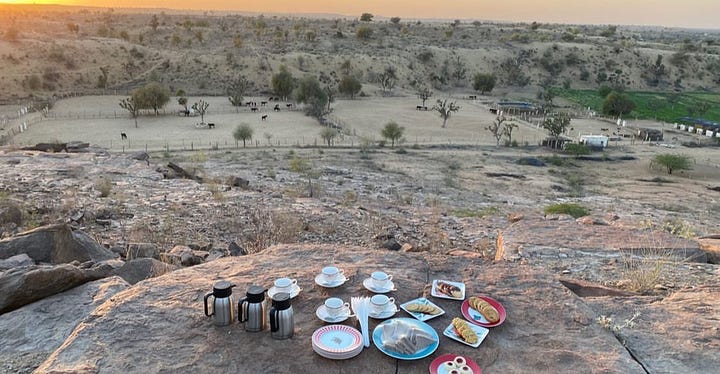
Tiger Safari in Ranthambore different from other Safaris
As someone who’s done safaris across different continents, I’ve come to believe that what truly sets one apart isn’t just the wildlife — it’s the landscape. The dense, shadowy rainforests of the Amazon or jungles in central India cocoon you in a lush, layered world of sound and life, while the golden savannahs of Kenya, with lions prowling through tall grass, feel wide open and theatrical — almost cinematic
And then there’s Ranthambore National Park in Rajasthan — a completely different vibe. The landscape here is drier, more rugged, made up of dry deciduous forests, sandy tracks, and framed by the hauntingly beautiful ruins of the ancient Ranthambore Fort and scattered lakes that shimmer in the desert sun. And of course, there are the tigers — majestic, magnetic, and often spotted lounging by the water or walking through temple ruins
Like every iconic safari destination, Ranthambore offers some incredible luxury glamps: the serene Aman-i-Khas, the vintage campaign-style SUJÁN Sher Bagh, and the elegant Oberoi Vanyavilas. There are also several charming local camps and eco-lodges if you're looking for something more intimate and grounded.
Palace on wheels. The Palace on Wheels is India’s most iconic luxury train — a week-long ride through Rajasthan that’s perfect for anyone short on time but big on curated, royal-style experiences
I haven’t tried it myself yet, but from everything I’ve heard through second hand sources, it’s a solid win if you like your travel plans wrapped in elegance and efficiency. The journey starts in Delhi and rolls through Rajasthan’s greatest hits: Jaipur for Amber Fort and Hawa Mahal, Sawai Madhopur for tiger-spotting in Ranthambore, Chittorgarh for epic tales of Rajput valor, Udaipur for its lakes and palaces, Jaisalmer for dunes and havelis, Jodhpur for the towering Mehrangarh Fort, and Bharatpur for birdwatching at Keoladeo. It even throws in Agra and the Taj Mahal.
What makes it special (and kind of surreal I imagine) is the rhythm of it all — one evening you're clapping along to folk music under desert stars, the next morning you're sipping masala chai while gliding past ancient forts?. It’s like time-traveling through royal India — with your feet up and a view that changes every few hours.
